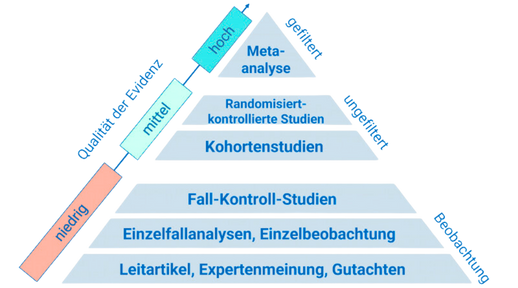"Stress is just the spice of life,” says a well-known proverb. However, in our hectic modern world, this spice has transformed into an all-consuming storm that devours our physical and mental reserves. Yet amid this raging tempest stand wearables—small, inconspicuous technological helpers—ready to support us as silent allies. These smart devices promise not only to monitor stress but also to actively reduce it. Can technology truly be the solution to an age-old problem? Let’s dive in and find out.
Wearables, such as smartwatches and fitness bands, have become ubiquitous companions in our daily lives. They have evolved from simple step counters to multifunctional devices offering advanced health features. One of the most impressive features is {heart rate variability} monitoring [EXP: fluctuations in the time between heartbeats], an indicator of the balance of our autonomic nervous system. Higher variability may indicate good health and better stress resistance, while lower variability can suggest stress or exhaustion. The ability to monitor these and other health data in real-time provides us with an unprecedented level of self-control and mindfulness.
The health impacts of wearables in stress management are significant. By continuously monitoring heart rate variabilityfluctuations in the time between heartbeats, they allow us to comprehend better when and why our stress levels rise [1]. Particularly in hectic moments, we can thus take regulatory measures more swiftly. A study suggests that breathing exercises supported by wearables have been shown to improve mood and reduce physiological signs of stress [2]. This is especially relevant, given that stress is a major contributor to many chronic diseases, and individuals often struggle to remain stress-free [3]. Thus, these devices actively contribute to our overall well-being.
A comprehensive literature review analyzes the effectiveness of smartwatches in detecting and managing stress through {heart rate variability} monitoring [EXP: fluctuations in the time between heartbeats] [1]. The study evaluates the design and technology behind leading smartwatch models and highlights the importance of personalized stress management interventions. The sample size and methodology, which utilize advanced algorithms, demonstrate clear benefits, even as they become challenging due to their complexity.
Another study focused on machine learning with signal recognition algorithms to detect stress states [4]. The study examined how effectively wearables can distinguish between stressful and stress-free situations. With a sample size of 29 and the application of complex algorithms such as Random Forest, a significant accuracy was observed. Despite the relatively small sample, the results show great potential for the future of stress-related health monitoring.
To make the most of the advantages of wearables, you could regularly employ features such as breathing exercises in stressful moments [2]. Setting daily goals for physical activity is also beneficial; movement is known to reduce stress levels [5]. Finally, using signal recognition algorithms for timely detection and management of stress can be meaningful, allowing you to respond directly when your wearable gives a stress alert—be it through a short break or some stretching exercises [4].
In conclusion, wearables are more than just technological toys. They are silent helpers on our journey to a stress-free life. By monitoring and actively reducing our stress, they herald a new era in which technology helps us significantly improve our well-being. Now, it is up to you to leverage these little helpers to your advantage and bring calm back into your life."
This health article was created with AI support and is intended to help people access current scientific health knowledge. It contributes to the democratization of science – however, it does not replace professional medical advice and may present individual details in a simplified or slightly inaccurate manner due to AI-generated content. HEARTPORT and its affiliates assume no liability for the accuracy, completeness, or applicability of the information provided.














